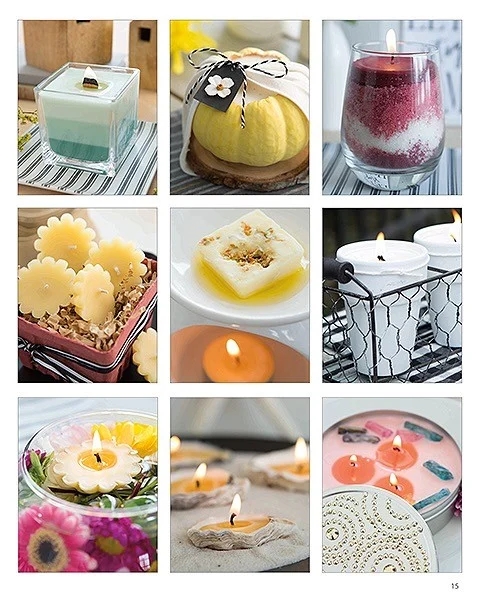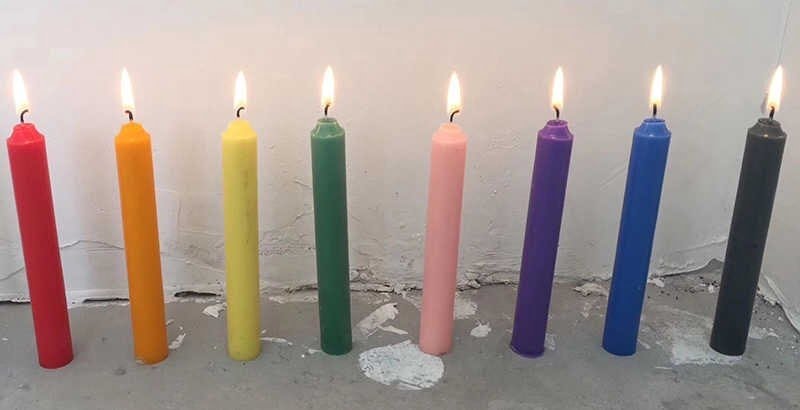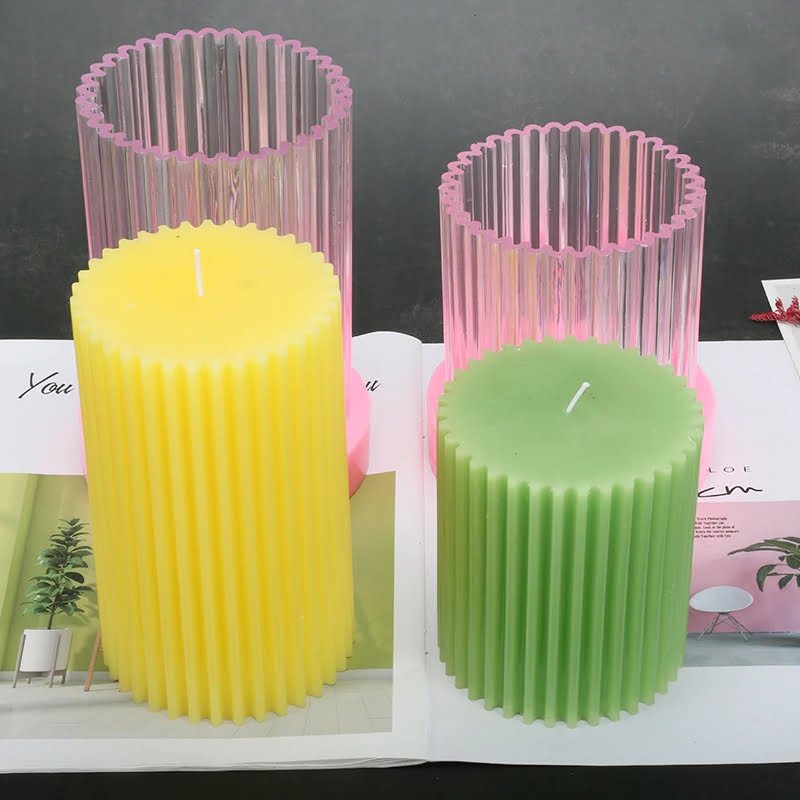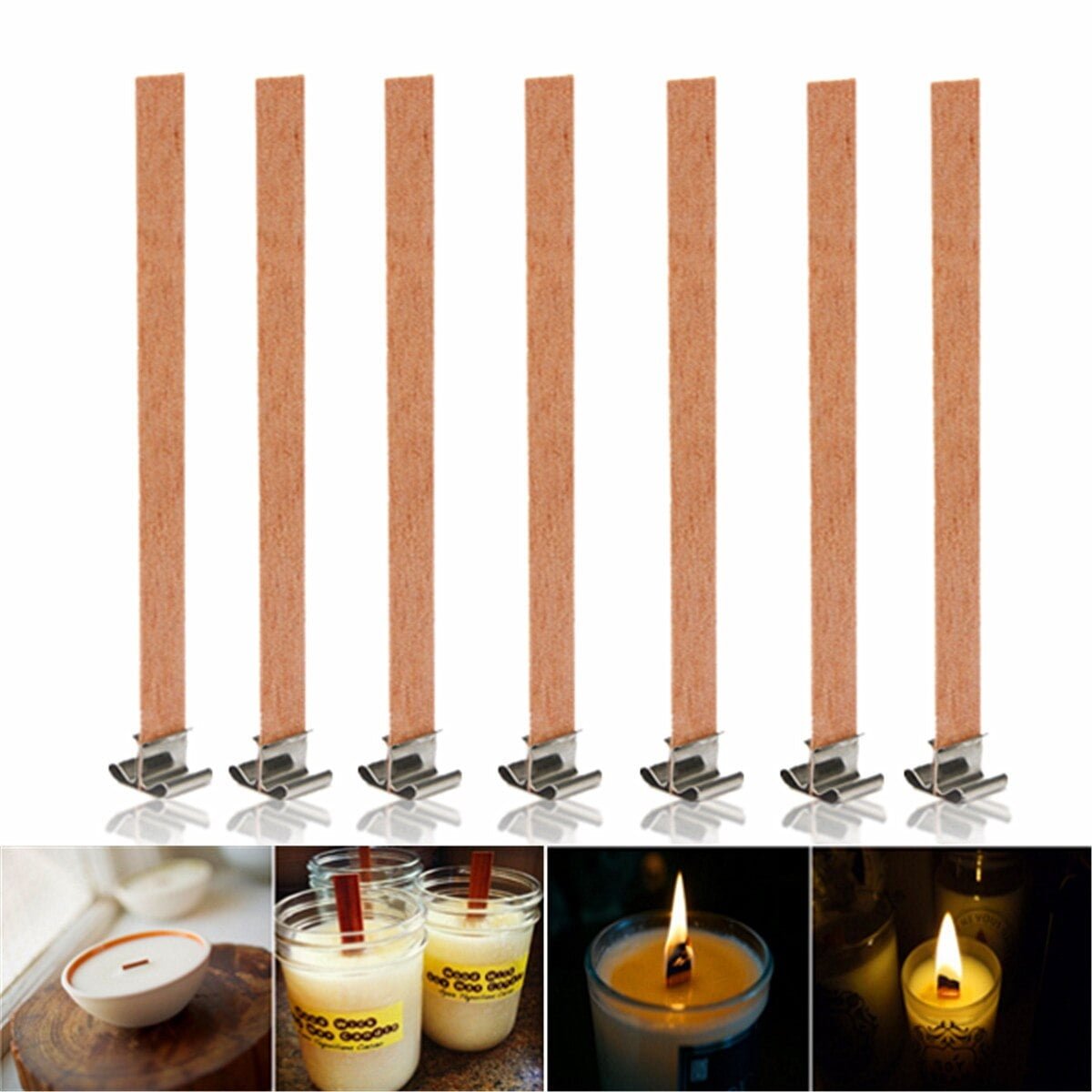Pilgrim children making candles were not just engaged in a simple craft activity – they were actively participating in an essential aspect of their daily lives. The act of candle-making was pivotal for the pilgrims, providing them with a vital source of light in the darkness of their homes. In this introductory section, we will delve into the significance of candle-making for pilgrim children and explore how this artistry was passed down through generations.
Life for the pilgrims was challenging, filled with uncertainties and hardships. Amidst this backdrop, candle-making emerged as a crucial skill that pilgrim children had to master at a young age.
Candles not only illuminated their living spaces but also symbolized hope and resilience in the face of adversity. Learning the art of candle-making was more than just a practical necessity; it was a way for children to contribute to their families’ well-being and survival in the harsh landscape of early America.
As we unravel the history of candle-making among pilgrim children, we will uncover how these young learners acquired such essential knowledge in a time where resources were scarce and innovation was key to survival. By examining the tools and materials used by pilgrim children to make candles, we gain insight into their resourcefulness and creativity in crafting these indispensable items.
Join us on this journey back in time as we explore the intricacies of pilgrim life through the lens of candle-making.
The History of Candle-Making
Candle-making was an essential skill for pilgrim children to learn as it provided them with a source of light in their homes, especially during the dark winter months. The art of candle-making was typically passed down from one generation to the next, with parents teaching their children how to make candles using traditional methods. Pilgrim children would observe and assist their parents in the process, gradually gaining experience and expertise in this important craft.
In order to learn the art of making candles, pilgrim children would first need to gather the necessary tools and materials. Some of the essential tools included molds, wicking material (such as cotton or linen), a melting pot or cauldron, and a heat source like a fireplace or stove. The main material used for making candles was tallow, which was rendered from animal fat and provided a cheap and readily available source for producing candles.
The process of making candles involved several steps that required careful attention to detail and patience. Pilgrim children would first melt the tallow in a cauldron over a fire until it became liquid. They would then dip lengths of wicking material into the melted tallow multiple times, allowing each layer to cool and harden before dipping again. This repeated dipping process would create tapered candles that could then be trimmed and set aside to fully harden before use.
Tools and Materials
During the pilgrim era, candle-making was an essential skill that every household needed to master. Pilgrim children were taught this craft at a young age, as candles were not only used for lighting but also for cooking, cleaning, and religious ceremonies. To engage in the art of candle-making, pilgrim children had to gather specific tools and materials that were crucial for the process.
Tools Needed
One of the primary tools required for candle-making during the pilgrim era was a dipper. This tool consisted of a long stick with a hook at one end, which allowed pilgrim children to dip repeatedly into melted wax or tallow to build up layers on the wick.
Additionally, molds were also commonly used to shape candles into specific forms such as pillars or tapers. Other tools like scissors, knives for trimming wicks, and pots for melting wax were also essential components of a candle-making kit.
Materials Required
In terms of materials, pilgrim children needed either beeswax or tallow (animal fat) as the main substance for making candles. Beeswax was considered superior due to its pleasant scent and bright flame; however, it was more expensive than tallow which made it less accessible to all households. Wicks made from cotton or flax were crucial for providing a steady burn when lit. Coloring agents like berries or herbs were sometimes added to create colored candles for special occasions or celebrations.
Storage and Safety
Pilgrim children had to learn how to properly store their tools and materials to ensure they lasted long enough for multiple candle-making sessions. It was also important for them to practice safety measures while working with hot wax and flames, as accidents could easily occur in the confined spaces of their homes.
The responsibility of handling these tools and materials taught pilgrim children valuable lessons in resourcefulness, patience, and diligence – skills that would serve them well throughout their lives in the new world.
Step-by-Step Process
Gathering Materials
Pilgrim children engaging in candle-making first had to gather the necessary materials for the process. They would typically start by collecting beeswax, which was a common and readily available ingredient used for making candles during that time. Beeswax was prized for its clean burn and pleasant aroma, making it the preferred choice for candle-making in pilgrim households. Additionally, wicks made from hemp or cotton were essential components needed to complete the candles.
Melting the Beeswax
Once the materials were gathered, pilgrim children would begin the process of melting the beeswax to prepare it for molding into candles. This step often involved using a large iron pot or kettle placed over an open flame or coals to slowly heat and melt the beeswax. Children would need to exercise caution and patience during this step to ensure that the wax melted evenly without overheating or burning.
Molding and Setting the Candles
After the beeswax was melted to a smooth consistency, pilgrim children would carefully dip the wick into the hot wax multiple times to build up layers and create cylindrical shapes for their candles. Once each candle reached the desired size, they would be set aside to cool and harden.
This process required precision and attention to detail to ensure that each candle was properly formed and ready for use. Pilgrim children took pride in their ability to create functional and decorative candles through this hands-on process, which played a significant role in their daily lives.
Importance of Candles in Pilgrim Life
Candles played a crucial role in the daily lives of pilgrims, providing both light and warmth in their cold and dark homes. In a time when electricity was not yet invented, candles were essential for illuminating living spaces after sunset.
Pilgrim children were often involved in the candle-making process, learning the craft from an early age as part of their chores and responsibilities. The flickering flame of a candle not only provided light but also created a sense of comfort and security for the pilgrim families.
Here are some ways in which candles were significant in pilgrim life:
- Lighting: Candles were primarily used for lighting up homes during the evening hours when sunlight was scarce. They enabled pilgrims to continue their daily activities even after dark.
- Cooking: In addition to providing light, candles were also used for cooking purposes. Pilgrims would often place pots and pans over the candle flame to prepare meals for their families.
- Religious ceremonies: Candles held religious significance for pilgrims, who used them during prayers, church services, and other spiritual rituals. They symbolized purity, enlightenment, and divine presence in their faith.
Despite the labor-intensive process of making candles by hand, pilgrim children took pride in this skill as it contributed to the well-being of their families. From dipping wicks into hot wax to carefully shaping the candles as they cooled, children learned patience and craftsmanship through this traditional practice. Through candle-making, pilgrim children not only produced a practical household item but also preserved an important aspect of their cultural heritage for future generations to appreciate.
Challenges Faced by Pilgrim Children
Pilgrim children making candles faced a myriad of challenges and obstacles in their daily lives. One of the main difficulties they encountered was the labor-intensive process involved in crafting candles from scratch. From gathering materials to dipping wicks in melted tallow, every step required precision and patience. Moreover, the lack of modern tools and equipment made this task even more arduous for the young pilgrims.
In addition to the physical demands of candle-making, pilgrim children also had to contend with limited resources. Materials such as beeswax or tallow were not always readily available, forcing them to improvise and make do with what they had on hand. This scarcity often resulted in candles of varying quality, further complicating the process for the young apprentices.
Furthermore, the nature of candle-making itself posed significant risks for pilgrim children. Working with hot wax and open flames was inherently dangerous, especially for inexperienced hands. Accidents were not uncommon, adding an element of fear and uncertainty to an already challenging task. Despite these adversities, pilgrim children persevered in their candle-making duties, showcasing their resilience and determination in the face of adversity.
| Challenges Faced by Pilgrim Children | Obstacles Encountered |
|---|---|
| Labor-intensive process | Requires precision and patience |
| Lack of modern tools | Makes task more arduous |
| Scarcity of materials | Forces improvisation and compromises on quality |
Candle-Making Traditions
Candle-making was an essential skill for pilgrim children, as it provided light in their homes and served as a valuable commodity for trade. The process of making candles was passed down from generation to generation, with children observing and learning the intricate art of candle-making from a young age. It was a tradition that required patience, precision, and attention to detail – qualities that pilgrim children cultivated through this important craft.
The tools and materials used by pilgrim children in candle-making were simple yet crucial for the success of the final product. Beeswax or tallow, obtained from animals like sheep or cows, served as the base material for candles.
Wicks made from cotton or linen were carefully inserted into molds or dipped in melted wax to create the desired shape and size of the candles. Pilgrim households invested in these raw materials to ensure a steady supply of candles for their daily lighting needs.
One significant tradition surrounding candle-making in pilgrim households was the communal aspect of this craft. Families would come together during long winter evenings to make candles, sharing stories and laughter while working on this important task. The glow of candlelight illuminated these gatherings, providing warmth and comfort during the cold New England nights. This sense of community and collaboration enriched the experience of candle-making for pilgrim children, instilling values of cooperation and solidarity within their tight-knit communities.
| Materials | Tools |
|---|---|
| Beeswax | Molds |
| Tallow | Dipping Vat |
| Cotton or Linen Wicks | Cutting Tools |
Modern Candle-Making Techniques
Candle-making has evolved significantly since the days of the Pilgrims, with modern techniques offering efficiency and convenience that were unheard of in the past. While Pilgrim children had to gather materials like beeswax or tallow and melt them over an open flame to create candles, today’s candle makers have access to a wide variety of specialized tools and equipment.
One major difference is the use of molds and machinery in modern candle-making, which streamline the process and allow for mass production.
In addition to tools, modern candle-makers also have a wider range of wax options to choose from, including soy wax, paraffin wax, and even beeswax for those looking to create traditional candles. These options give artisans greater flexibility in terms of color, scent, and burn time when crafting candles. The introduction of fragrances has also transformed candle-making, allowing for custom scents that cater to a variety of preferences.
Despite these advancements, there remains a strong reverence for traditional candle-making methods among enthusiasts. Some artisans still prefer the authenticity and craftsmanship associated with hand-dipping or hand-pouring candles using age-old techniques.
The artistry involved in these traditional methods is often seen as a way to pay homage to the Pilgrim children who painstakingly made candles by hand centuries ago. This blend of old-world charm with modern innovation underscores the enduring appeal of candle-making as both a craft and an industry in contemporary times.
Conclusion
In conclusion, the art of candle-making was not just a practical skill for pilgrim children, but a crucial aspect of their daily lives and survival. By learning how to make candles from an early age, these children were equipped with the knowledge and ability to provide essential light sources for their families during the long, dark winter nights in the New World.
The process of making candles also taught them patience, perseverance, and resourcefulness – qualities that would serve them well as they faced the many challenges of pioneer life.
Despite the hardships and obstacles they encountered, pilgrim children took pride in their ability to create something as simple yet indispensable as candles. The tradition of candle-making was passed down from generation to generation, shaping not only individual families but also the broader community. Through this tradition, pilgrim children forged deep connections with their heritage and culture, preserving a vital part of American history for future generations to appreciate.
Today, the legacy of pilgrim children making candles lives on in various forms – from historical reenactments and educational programs to traditional craft workshops. The importance of candle-making for these young pioneers serves as a reminder of our roots and the ingenuity of those who came before us. As we celebrate this enduring legacy, let us remember the humble beginnings of those brave pilgrim children who illuminated their paths through darkness with nothing but a flickering flame and determination.
Frequently Asked Questions
How Did the Pilgrims Make Candles?
The Pilgrims made candles by first melting tallow or beeswax in a large pot over a fire. Then they would dip the candle wick repeatedly into the melted substance until it built up layers and formed a candle. This process required time and precision to create functional candles for daily living.
Did Native Americans Make Candles?
Native Americans also made candles, but their methods differed from those of the Pilgrims. Instead of using tallow or beeswax, Native Americans utilized animal fat or plant oils to create candles. They would often dip cattail leaves into melted fat to form makeshift candles that provided light in their dwellings.
Can Children Make Candles?
Children can definitely make candles, but under adult supervision due to the use of hot wax and flames. There are safe and simple candle-making kits available that allow children to experience the joy of creating their own candles.
This activity can be both educational and enjoyable, teaching children about creativity and craftsmanship while ensuring safety is maintained throughout the process.

Welcome to my candle making blog! In this blog, I will be sharing my tips and tricks for making candles. I will also be sharing some of my favorite recipes.





